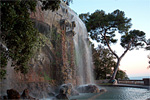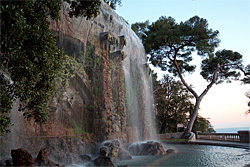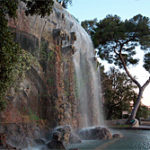The Collective Research Project coordinated by Marc Bouiron, archaeologist and director of the service, focuses on the ancient cathedral, the adjacent cemetery, the uncovering of a new church dedicated to Saint John the Baptist, and the rediscovery of the foundations of the old count’s castle. Thus, Nice has two ongoing sites from different eras, one being from the Gallo-Roman Antiquity (Cimiez), and the other from the late Antiquity and the Middle Ages (Castle Hill).
Studying to understand the evolution of the heritage of Nice
The study of all the masonry of the ancient cathedral allows for a better understanding of the evolution of this building between the 5th and 17th centuries, or 12 centuries of existence.
The cemetery south of the cathedral dates back to the late Antiquity (6th century). Several levels of tombs have been found. On the surface, the graves date from the Middle Ages (between the 11th and 15th century).
As for the Saint-John church, it was definitively destroyed during the explosion of the keep in 1691. Already mentioned in the Middle Ages, it may also date back to earlier periods. This year, the excavation allowed for the rediscovery of its plan and imagining what its elevation might have looked like.
Finally, the ruins of the primitive castle are being re-approached. It was largely destroyed by the sieges of 1691 and 1705-1706, but even more so by the systematic demolition ordered by Louis XIV in 1706. However, the foundations of the castle still exist beneath the ground…
These new discoveries will allow for repositioning the plan of the old castle of the Counts of Provence and the Dukes of Savoy.




